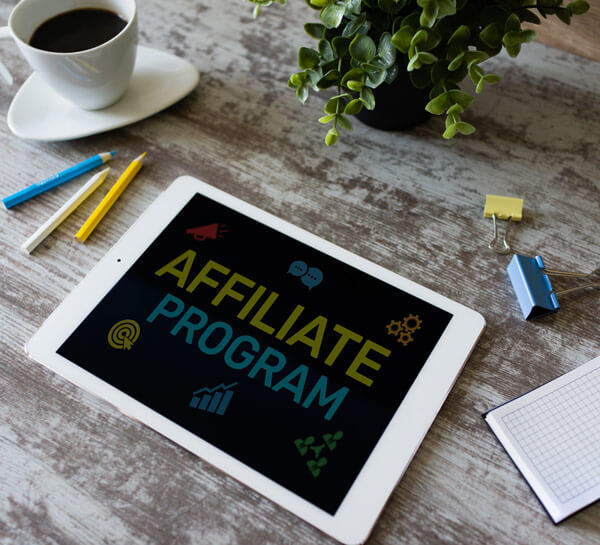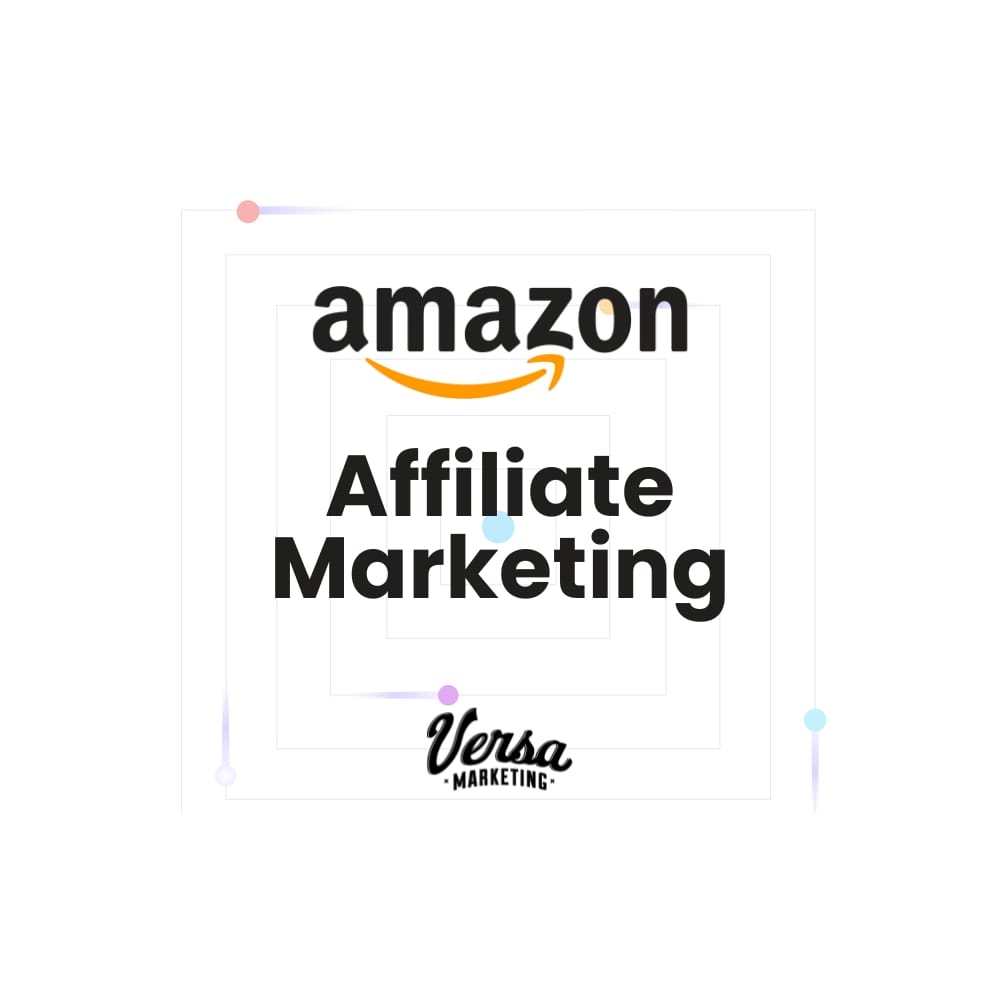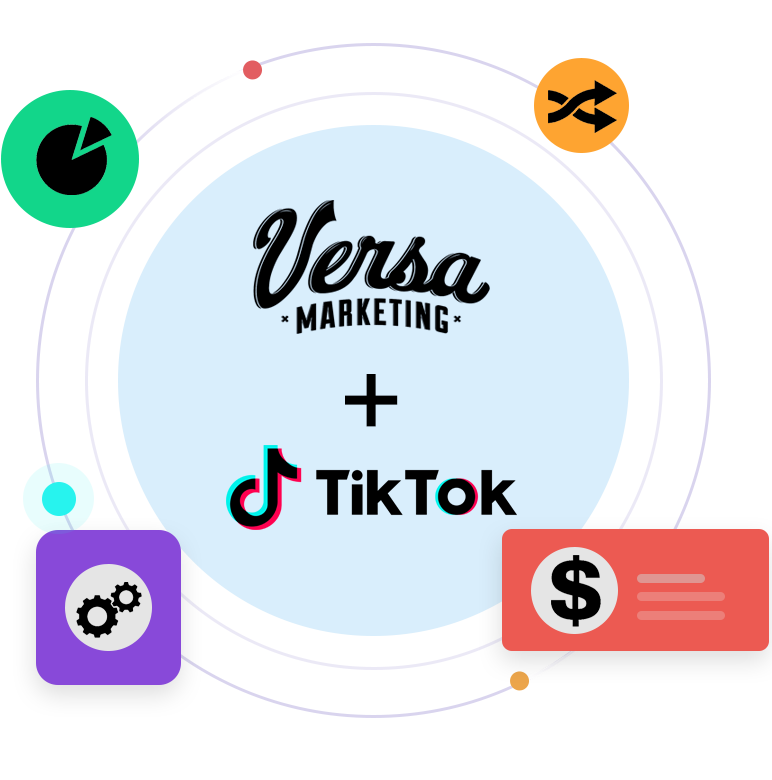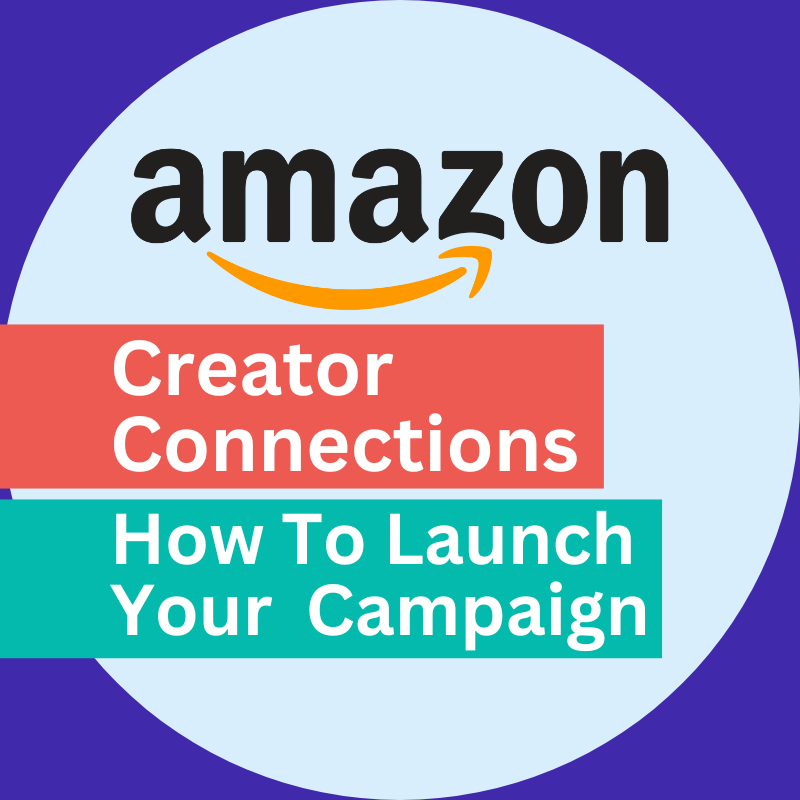As New Year's resolutions are already falling to the wayside, marketing plans are solidifying and the pressure is on to present your brand to the world in the most effective way possible.
Influencer marketing is still the hottest tactic out there and brands are continuing to invest in making it work for them. Problem is, things change. Fast. Rules, regulations, trends, technology…in the dynamic world of influencer marketing, everything can change overnight. So, at least for the moment, let’s check out what’s happening now.
Trust the Little Guy
If you’ve been following these trends closely, you might remember how the micro-influencer gained a lot of popularity in the past year. Typically defined as having less than 100,000 followers on social, these niche-specialized bloggers and social media stars are quickly becoming the go-to specialists for many brands, and for good reasons.- Loyalty and Trust: These influencers have spent years of hard work establishing trust with their readers, and it shows with their brand choices and integrity. If a product or brand doesn’t fit their niche or philosophy, they typically don’t agree to work with them. Authenticity is their currency, so if you have a good connection with them, they’ll usually do a great job representing you to that prized target audience.
- Engagement: This is usually defined as an influencer’s effectiveness in generating a reaction with their audience. Likes, shares and views are typical metrics and these are highly sought after…but can be misleading. An A-List celebrity can garner several thousand likes in just a few minutes, but these are often more knee jerk reactions than true appreciations. A micro-influencer may get fewer likes but will often further engage their reader with answers to their comments and even share and link with other bloggers and social stars, getting more relevant eyes on your brand and that outstanding content.
- Cost: Based on the above information, and the way marketers typically compensate influencers, micro-influencers are often way more cost-effective. This nifty infographic shows the efficiency of micro-influencer engagement, and why a passionate and engaging writer can do much more for less.






